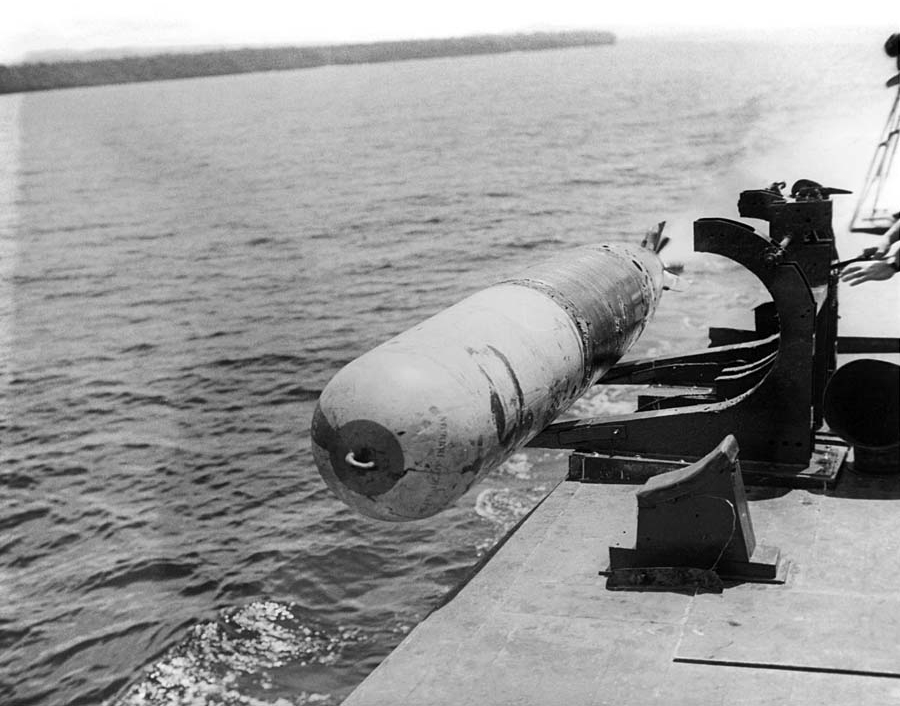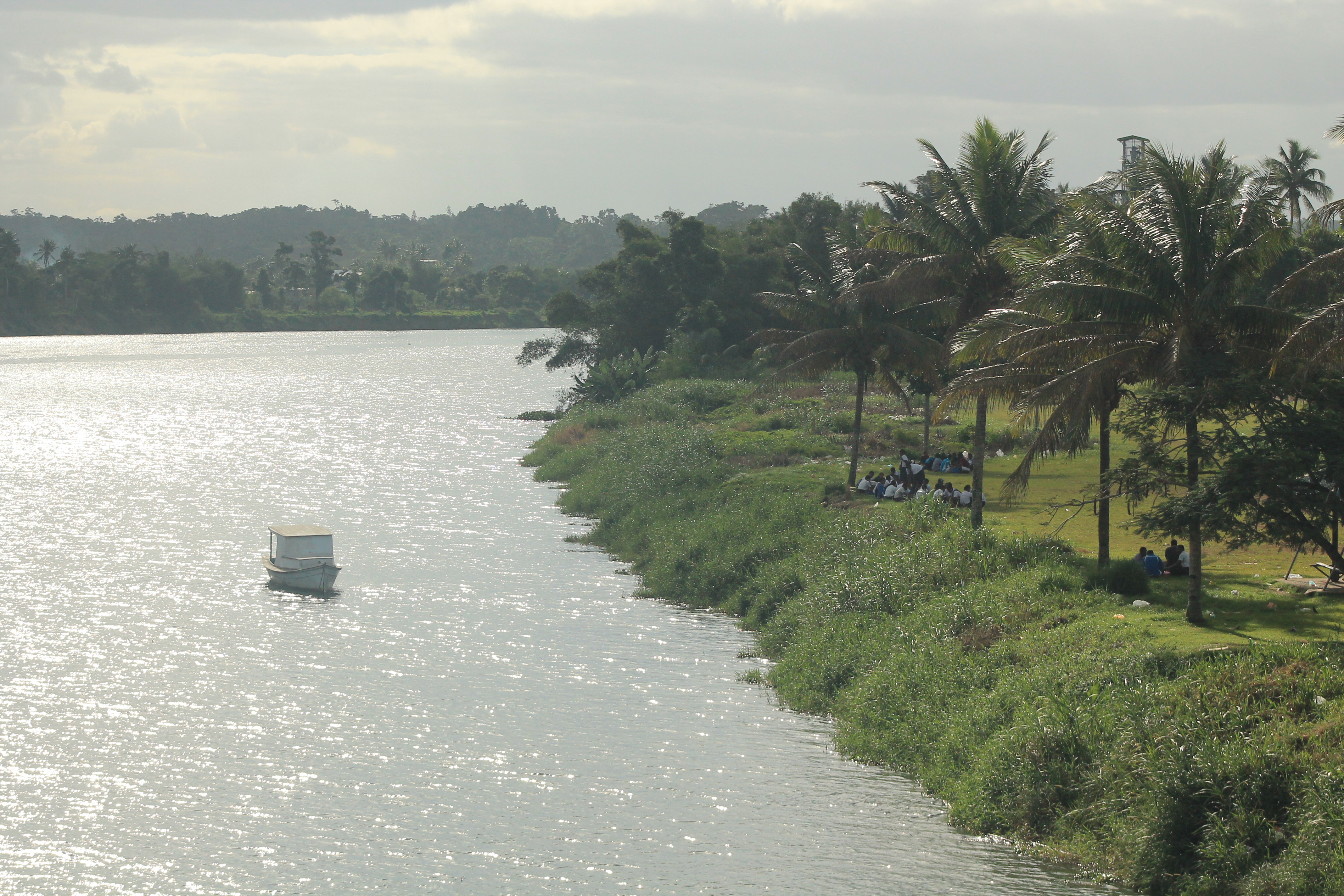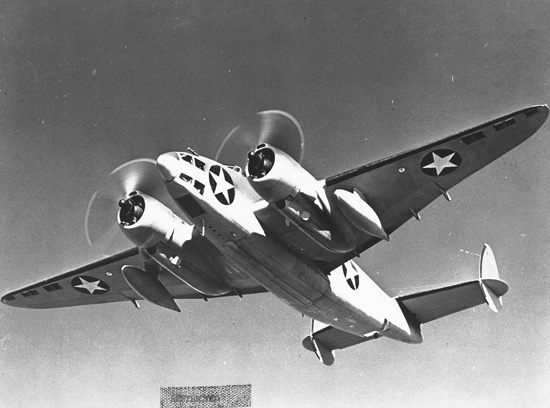|
VPB-44
VPB-44 was a Patrol Bombing Squadron of the U.S. Navy. The squadron was established as Patrol Squadron 44 (VP-44) on 3 June 1941, redesignated Patrol Bombing Squadron 44 (VPB-44) on 1 October 1944 and disestablished on 20 June 1945. Operational history *3 June 1941: VP-44 was established at NAS San Diego, California, under the operational control of PatWing-1, as a seaplane squadron flying the PBY-5A Catalina. Ground and flight training was conducted at San Diego. *December 1941 – March 1942: VP-44 received advanced operational training at NAS Alameda, California, from 14 December 1941 until the squadron began preparations for its trans-Pacific flight to Hawaii at the end of March 1942. While at Alameda, the squadron came under the operational control of PatWing-6. *26 March 1942: VP-44 flew its trans-Pacific to NAS Pearl Harbor, Hawaii, coming under the operational control of PatWing-2. Operational and combat training was conducted in conjunction with patrols over the water ... [...More Info...] [...Related Items...] OR: [Wikipedia] [Google] [Baidu] |
VPB-197
VPB-197 was a Patrol Bombing Squadron of the U.S. Navy. The squadron was established as Patrol Squadron 21 (VP-21) on 1 September 1938, redesignated Patrol Squadron 45 (VP-45) on 1 July 1939, redesignated Patrol Squadron 14 (VP-14) on 1 December 1939, redesignated Patrol Squadron 26 (VP-26) on 15 April 1941, redesignated Patrol Squadron 14 (VP-14) on 1 July 1941, redesignated Patrol Bombing Squadron 14 (VPB-14) on 1 October 1944, redesignated Patrol Bombing Squadron 197 (VPB-197) on 2 December 1944 and disestablished on 1 April 1946. Operational history *1 September 1938: VP-21 was established at FAB Pearl Harbor, Hawaii, under the operational control of PatWing-2. *27 June 1939: VP-21 had been detailed in May 1939 to NAS San Diego, California, to pick up 15 new PBY-4s from the factory. The trans-Pacific flight back to Pearl Harbor was completed on this date without mishap. *1 July 1939: Due to the reorganization of patrol squadrons, VP-21 was redesignated VP-45 and assigned to ... [...More Info...] [...Related Items...] OR: [Wikipedia] [Google] [Baidu] |
Battle Of Midway
The Battle of Midway was a major naval battle in the Pacific Theater of World War II that took place on 4–7 June 1942, six months after Japan's attack on Pearl Harbor and one month after the Battle of the Coral Sea. The U.S. Navy under Admirals Chester W. Nimitz, Frank J. Fletcher, and Raymond A. Spruance defeated an attacking fleet of the Imperial Japanese Navy under Admirals Isoroku Yamamoto, Chūichi Nagumo, and Nobutake Kondō north of Midway Atoll, inflicting devastating damage on the Japanese fleet. Military historian John Keegan called it "the most stunning and decisive blow in the history of naval warfare", while naval historian Craig Symonds called it "one of the most consequential naval engagements in world history, ranking alongside Salamis, Trafalgar, and Tsushima Strait, as both tactically decisive and strategically influential". Hoping to lure the American aircraft carriers into a trap and occupying Midway was part of an overall "barrier" strategy t ... [...More Info...] [...Related Items...] OR: [Wikipedia] [Google] [Baidu] |
Halavo Seaplane Base
Halavo Seaplane Base is a former World War II seaplane base in Halavo Bay, Florida Island, Solomon Islands. History The base was constructed by the 6th Naval Construction Battalion commencing in January 1943, the work was taken over by the 34th Naval Construction Battalion on 12 February 1943. A tent camp was built for 1,500 men and 300 officers. Due to a shortage of cement it was decided to use PSP on the seaplane ramps and apron. A temporary PSP seaplane ramp, wide, was completed by May 1943. At the end of June, another temporary PSP ramp was built for use by a second PBY squadron operating from the base. Construction of a 12,000-barrel tank farm including a filling line to the beach and a delivery line to the ramp was also completed together with 30 wooden buildings for administration and workshops. The PSP ramps were considered wholly satisfactory in service, and it was estimated that their substitution for concrete saved approximately two months' construction time. In l ... [...More Info...] [...Related Items...] OR: [Wikipedia] [Google] [Baidu] |
Mark 13 Torpedo
The Mark 13 torpedo was the U.S. Navy's most common aerial torpedo of World War II. It was the first American torpedo to be originally designed for launching from aircraft only. They were also used on PT boats. Design Originating in a 1925 design study, the Mark 13 was subject to changing USN requirements through its early years with resulting on-and-off development. Early models—even when dropped low to the water at slow speeds—were prone to running on the surface, or not running at all. By late 1944, the design had been modified to allow reliable drops from as high as , at speeds up to . The final Mark 13 weighed ; of this was the high explosive Torpex.NavWeaps (18 February 2005).USA Torpedoes of WWII. Retrieved 2 August 2005. The Mark 13 was designed with unusually squat dimensions for its type: diameter was and length . In the water, the Mark 13 could reach a speed of for up to . The Mark 13 ran slower than the Mark 14 torpedo, a characteristic which, alo ... [...More Info...] [...Related Items...] OR: [Wikipedia] [Google] [Baidu] |
Sonobuoy
A sonobuoy (a portmanteau of sonar and buoy) is a relatively small buoy – typically diameter and long – expendable sonar system that is dropped/ejected from aircraft or ships conducting anti-submarine warfare or underwater acoustic research. Theory of operation Sonobuoys are ejected from aircraft in canisters and deploy upon water impact. An inflatable surface float with a radio transmitter remains on the surface for communication with the aircraft, while one or more hydrophone sensors and stabilizing equipment descend below the surface to a selected depth that is variable, depending on environmental conditions and the search pattern. The buoy relays acoustic information from its hydrophone(s) via UHF/VHF radio to operators on board the aircraft. History With the technological improvement of the submarine in modern warfare, the need for an effective tracking system was born. Sound Navigation And Ranging (SONAR) was originally developed by the British—who calle ... [...More Info...] [...Related Items...] OR: [Wikipedia] [Google] [Baidu] |
Nausori
Nausori () is a town in Fiji. It had a population of 57,866 at the 2017 census. This makes it the fourth most populous municipality in the country. Situated 19 kilometers outside of Suva, it forms one pole of the burgeoning Suva-Nausori corridor. Nausori is home to three provinces Rewa, Tailevu and Naitasiri. The Rewa Bridge across the Rewa River, built by Fletcher Construction and opened in 2006, links Nausori to the capital, Suva. Economy There are two major business areas in Nausori - the town of Nausori proper, and Nakasi. A new market and bus terminal were opened in 2015, allowing for the town's future development. A major upgrade of the local airport, including a new terminal and a longer runway, was expected to get started in the first quarter of 2017. History The old town of Nausori was situated around 5 km north of the current one, heading towards Kasavu. The ruins of the old town, situated in Naduruloulou, are still there. Now, it is a tourist cent ... [...More Info...] [...Related Items...] OR: [Wikipedia] [Google] [Baidu] |
Luganville Airfield
Luganville Airfield or Bomber Field #3 is a former World War II airfield on the island of Espiritu Santo in the New Hebrides Islands at the Espiritu Santo Naval Base. History World War II The Seabees of the 40th Naval Construction Battalion arrived on Santo on 3 February 1943 and were tasked with building a third bomber field in dense jungle to the west of Luganville. By July the Battalion had completed a by coral runway, with of taxiways and 75 hardstands. Additional facilities constructed included a tank farm of six 1,000-barrel steel tanks, two truck-loading stations, two repair areas, fifteen by arch-rib warehouses, one by hangar, eighteen quonset huts for living quarters, six mess halls, and all necessary utilities. of two-lane access and supply roads, were cut through dense jungle. VP-44 operating PBY-5s operated from Luganville from 11 March 1944 until 15 June 1944 when it moved to Nissan Island. VMF-323 was based at Luganville from 29 October 1944 until 23 Febr ... [...More Info...] [...Related Items...] OR: [Wikipedia] [Google] [Baidu] |
Anti-submarine Warfare
Anti-submarine warfare (ASW, or in older form A/S) is a branch of underwater warfare that uses surface warships, aircraft, submarines, or other platforms, to find, track, and deter, damage, or destroy enemy submarines. Such operations are typically carried out to protect friendly shipping and coastal facilities from submarine attacks and to overcome blockades. Successful ASW operations typically involved a combination of sensor and weapon technologies, along with effective deployment strategies and sufficiently trained personnel. Typically, sophisticated sonar equipment is used for first detecting, then classifying, locating, and tracking a target submarine. Sensors are therefore a key element of ASW. Common weapons for attacking submarines include torpedoes and naval mines, which can both be launched from an array of air, surface, and underwater platforms. ASW capabilities are often considered of significant strategic importance, particularly following provocative instances ... [...More Info...] [...Related Items...] OR: [Wikipedia] [Google] [Baidu] |
Lockheed Ventura
The Lockheed Ventura is a twin-engine medium bomber and patrol bomber of World War II. The Ventura first entered combat in Europe as a bomber with the RAF in late 1942. Designated PV-1 by the United States Navy (US Navy), it entered combat in 1943 in the Pacific. The bomber was also used by the United States Army Air Forces (USAAF), which designated it the Lockheed B-34 (''Lexington'') and B-37 as a trainer. British Commonwealth forces also used it in several guises, including antishipping and antisubmarine search and attack. The Ventura was developed from the Lockheed Model 18 Lodestar transport, as a replacement for the Lockheed Hudson bombers then in service with the Royal Air Force. Used in daylight attacks against occupied Europe, they proved to have weaknesses and were removed from bomber duty and some used for patrols by Coastal Command. After USAAF monopolization of land-based bombers was removed, the US Navy ordered a revised design which entered service as the PV-2 ... [...More Info...] [...Related Items...] OR: [Wikipedia] [Google] [Baidu] |
Mitsubishi G3M
The was a Japanese bomber and transport aircraft used by the Imperial Japanese Navy Air Service (IJNAS) during World War II. The Yokosuka L3Y (Allied reporting name "Tina"), was a transport variant of the aircraft manufactured by the Yokosuka Naval Air Technical Arsenal. Design and development The G3M has its origins in a specification submitted to the Mitsubishi company from the Imperial Japanese Navy requesting a bomber aircraft with a range unprecedented at the time. This principally stemmed from Admiral Isoroku Yamamoto's influence in the Naval High Commission. The bomber was to have the capacity to accommodate an aerial torpedo capable of sinking an armoured battleship. The speed requirement submitted by the naval department was again also unprecedented, not only in Japanese but also in international bomber aviation, where in relation to the envisaged Japanese battlegrounds of China and the Pacific, the bomber would need to not only cover long distances, but neces ... [...More Info...] [...Related Items...] OR: [Wikipedia] [Google] [Baidu] |
Kawanishi H6K
The Kawanishi H6K was an Imperial Japanese Navy flying boat produced by the Kawanishi Aircraft Company and used during World War II for maritime patrol duties. The Allied reporting name for the type was Mavis; the Navy designation was . Design and development The aircraft was designed in response to a Navy requirement of 1934 for a long-range flying boat and incorporated knowledge gleaned by a Kawanishi team that visited the Short Brothers factory in the UK, at that time one of the world's leading producers of flying boats, and from building the Kawanishi H3K, a license-built, enlarged version of the Short Rangoon. The "Type S", as Kawanishi called it, was a large, four-engined monoplane with twin tails, and a hull suspended beneath the parasol wing by a network of struts. Three prototypes were constructed, each one making gradual refinements to the machine's handling both in the water and in the air, and finally fitting more powerful engines. The first of these flew on 14 ... [...More Info...] [...Related Items...] OR: [Wikipedia] [Google] [Baidu] |
Solomon Islands Campaign
The Solomon Islands campaign was a major campaign of the Pacific War of World War II. The campaign began with Japanese landings and occupation of several areas in the British Solomon Islands and Bougainville, in the Territory of New Guinea, during the first six months of 1942. The Japanese occupied these locations and began the construction of several naval and air bases with the goals of protecting the flank of the Japanese offensive in New Guinea, establishing a security barrier for the major Japanese base at Rabaul on New Britain, and providing bases for interdicting supply lines between the Allied powers of the United States and Australia and New Zealand. The Allies, to defend their communication and supply lines in the South Pacific, supported a counteroffensive in New Guinea, isolated the Japanese base at Rabaul, and counterattacked the Japanese in the Solomons with landings on Guadalcanal (see Guadalcanal campaign) and small neighboring islands on 7 August 1942. ... [...More Info...] [...Related Items...] OR: [Wikipedia] [Google] [Baidu] |






